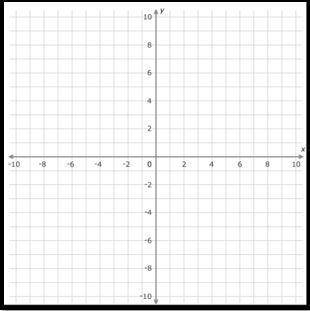Plot.
(−7,3),(2,3),(−7,−5)
...

Mathematics, 07.04.2020 04:48 catdog2230
Plot.
(−7,3),(2,3),(−7,−5)


Answers: 1


Other questions on the subject: Mathematics

Mathematics, 21.06.2019 14:00, musicqueen360
Find the equation of the line that goes through the points (4, –1) and (2, –5). use slope formula, equation, to find the slope of a line that passes through the points. m = use slope-intercept form, y = mx + b, to find the y-intercept (b) of the line. b = write the equation in slope-intercept form, y = mx + b.
Answers: 1

Mathematics, 21.06.2019 15:30, yourgirlnevaeh
Evaluate-27 ^4/3/8 a) - 81/16 b) 81/16 c) 16/81
Answers: 2

Mathematics, 21.06.2019 19:00, cathyfrawley
Thee blue triangle has rotated from quadrant i to quadrant iii about the origin. describe the effects of the rotation on the coordinates of the blue triangle.
Answers: 3

Mathematics, 21.06.2019 19:20, alexcarrasco5903
1- is the product of two rational numbers irrational or rational? first, make a hypothesis by multiplying two rational numbers. then, use variables such as x=a/b and y=c/d and the closure property of integers to prove your hypothesis. 2- what do you think the product of a nonzero rational number and an irrational number is? is it rational or irrational? make use of variables, the closure property of integers, and possibly a proof by contradiction to prove your hypothesis. 3- why do we have to specify that the rational number must be nonzero when we determine what the product of a nonzero rational number and an irrational number is? if the rational number were 0, would it give us the same result we found in part b?
Answers: 3
You know the right answer?
Questions in other subjects:


Mathematics, 04.12.2021 07:30


Mathematics, 04.12.2021 07:30


History, 04.12.2021 07:30

Mathematics, 04.12.2021 07:30

Mathematics, 04.12.2021 07:30

Biology, 04.12.2021 07:30

Mathematics, 04.12.2021 07:30



